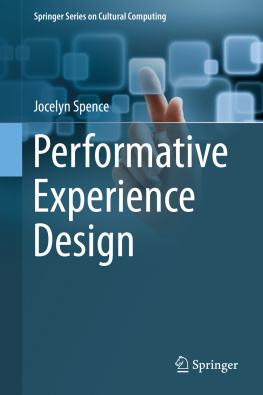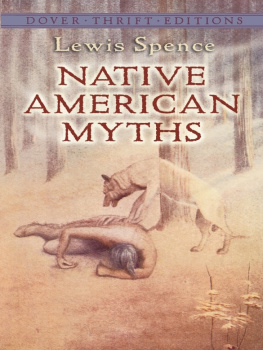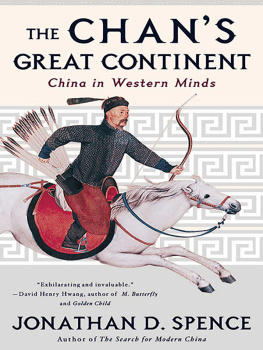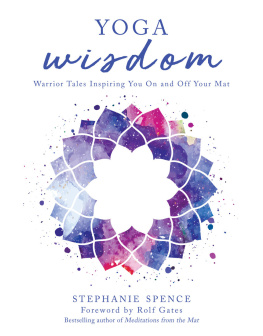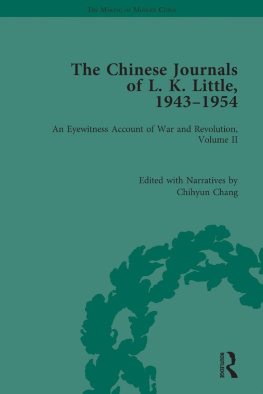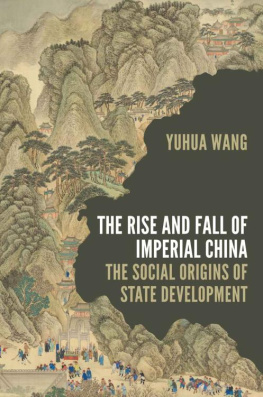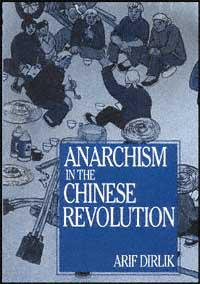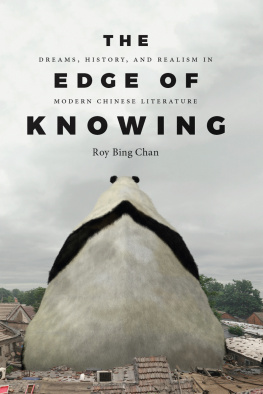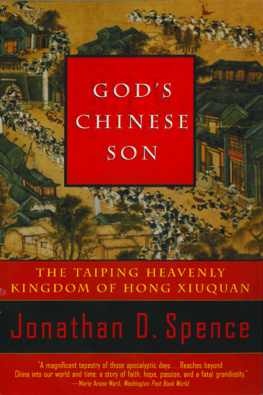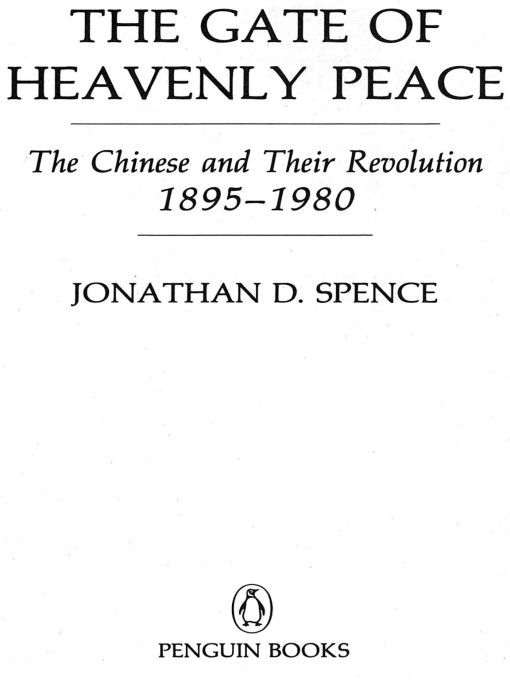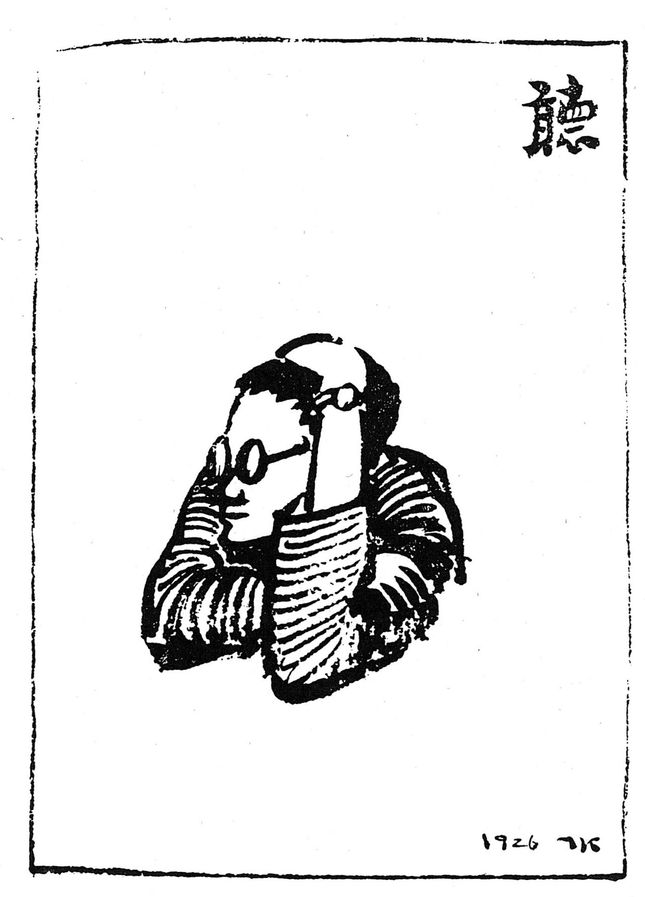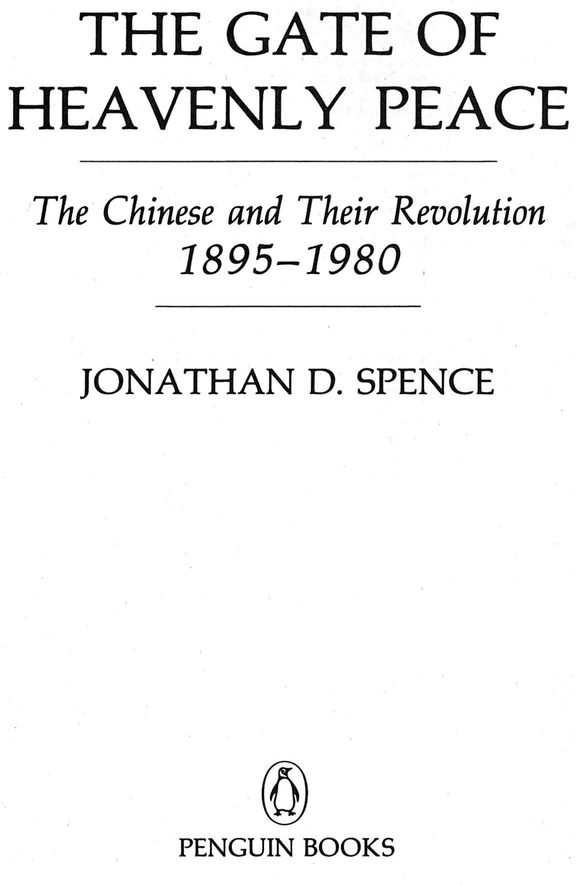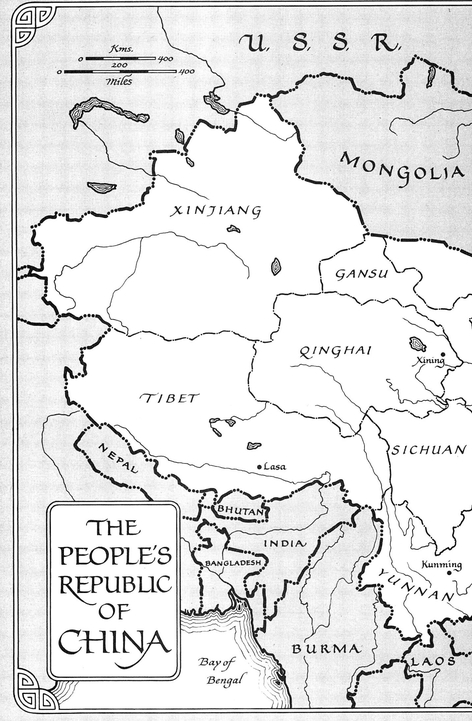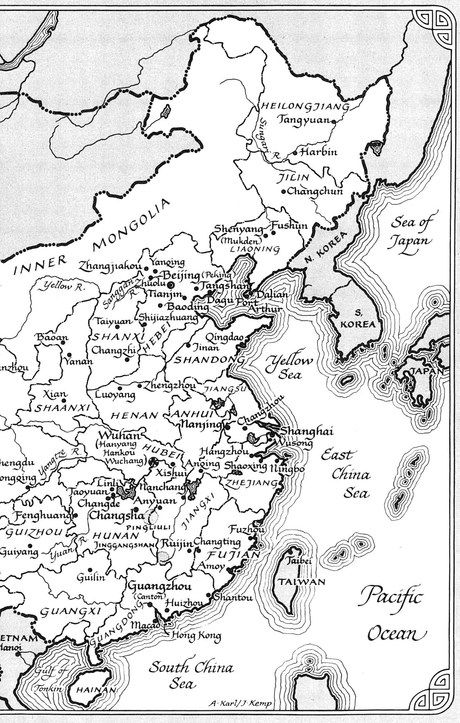Table of Contents
PENGUIN BOOKS
The Gate of Heavenly Peace
Jonathan D. Spences twelve books on Chinese history include The Gate of Heavenly Peace: The Chinese and Their Revolution, The Death of Woman Wang, To Change China: Western Advisers in China, The Memory Palace of Matteo Ricci, and, most recently, Treason by the Book. He is Sterling Professor of History at Yale University. His awards include a Guggenheim and a MacArthur Fellowship.
This book is dedicated
to my mother,
with love
Acknowledgments
My very special thanks go to two people who helped me consistently with this book: Monica Y, my pa tient language guide and literary detective, and An-tony Marr, the most ebullient and efficient of curators. I am also deeply grateful to Merle Goldman, Michael Lestz, and James Cole for their shrewd and usefully critical readings of the draft manuscript, and to Parker Po-fei Huang for checking many poems with me.
Not only friends and colleagues at Yale but also many other scholars gave generously of their time, their written materials, or their bibliographic expertise. My thanks to Jean James, Robert Hegel, and Bonnie McDougall; Joey Bonner, Anita Chan, Jonathan Unger, and John Bums; David Goodman; Nancy Le venberg and John Bryan Starr; Cheng Pei-kai, Stephen Hay, and Sherman Cochran. I am also grateful to the Whitney Gris wold Fund in the Humanities at Yale for a grant to begin the work on this book; to Leo Lee for lending me his transcripts of the Xu-Elmhirst correspondence; and to Ingeborg Wald for locating and making available copies of the Straight Family Papers at Cornell University dealing with Elmhirst. I first aired various ideas concerning themes in this book in public lectures at Cornell and the University of Kansas at Lawrence; my thanks to the audiences there for provocative and often stimulating questions. Shen Congwen also graciously gave me an evening of his time during his visit to the United States, with Hans Frankel helping as interpreter, to confirm many details of his life before 1949.
My thanks, too, to those who made typescripts out of my various inscrutable longhand drafts: Mary Garrison, Florence Thomas, Laura Boucher, Mary Whitney, and especially Katrin van der Vaart, who in addition to typing also prepared the draft index.
A book like this, attempting an overview of a massive and complicated subject, inevitably depends heavily on the work of other scholars. As well as thanking all the publishers who gave permissions for printed matter to be reproduceda complete listing of all such permissions begins on p. 513I would like to acknowledge my special debt to those scholars who have explored, in books or in dissertations, the individual Chinese figures whose lives constitute this book: in particular, the work of Hsiao Kung-chuan, Lo Jung-pang, and Eve Armentrout-Ma, on Kang Youwei; on Lu Xun, William Lyell and the translations of Yang Hsien-yi and Gladys Yang; on Qu Qiubai, the studies by Tsi-an Hsia, Paul Pickowicz, Li Yu-ning, and Marin Glik; on Xu Zhimo, the work of Leo Lee, Cyril Birch, and Gaylord Leung; Kai-yu Hsu on Wen Yiduo; Nieh Hua-ling and Jeffrey Kinkley on Shen Congwen; Prudence Chou, Ranbir Vohra, and Paul Bady on Lao She; and Chang Jun-mei, Gary Bjorge, and Yi-tsi Feuerwerker on Ding Ling. I have tried, in the notes and bibliography, to give a comprehensive sense of my debts to other writersoften young scholarswho currently are making the field of modern Chinese studies in the United States such an extraordinarily lively and exciting one.
And, finally, my thanks to my editor, Elisabeth Sifton, constantly supportive yet constantly questioning.
J. D. S.
Yale University
March 1981
Preface
The Gate of Heavenly Peace guards the southern ap proach to the former imperial palace complex in Beijing. Until Chinas last dynasty fell in 1912, it was through this gate that the main axis of the Emperors power was believed to run, as he sat in his throne hall, facing south, the force of his presence radiating out across the courtyards and ornamental rivers of the palace compound, passing through the gate, and so to the great reaches of countryside beyond. During the teens and twenties of this century the gate ceased to have either a clear defensive or a clear symbolic function, though it bore quiet witness to the new paradoxes that were beginning to dominate Chinese life: north of the gate the corrupt court of the abdicated Emperor lived on in twilight grandeur behind their walls, struggling to survive amidst turbulent warlord regimes; in front of the gate, using it as marker and meeting place, political activists, students, and workers gathered in vocal demonstrations to protest the ineffectualness of their nominally republican regimes in the face of foreign imperialist aggression, only to be dispersed with clubs or with gunfire.
After the Second World War and the Communist victory of 1949, the Forbidden City area became a museum. The crowded alleys in front of the gate were leveled, and a massive parade ground was created; in the center of the vast space rose the simple monument to the martyrs of the revolution, flanked by the blank-faced, austere public buildings of the new Peoples Republic. During the Cultural Revolution of 1966 the gate, dominated now by an immense colored portrait of Chairman Mao Zedong, became a reviewing stand in front of which marched the Red Guards, a million or more strong. And in the late 1970s, as the Maoist posters were one by one taken down, a new generation of demonstrators assembled in the space between the gate and the mausoleum housing Maos embalmed corpse to protest the restrictions on thought and movement imposed by Maos successor governments.
Thus while the name of the gate, with its rich historical echoes and its evocations of a timeless sphere beyond politics, has seemed across the last century to bring a promise of solace to the Chinese people dreaming of escape from current realities, the gate itself in the same period came to stand implacably for the power of the state: the state that sought sometimes to prevent such dreams, sometimes to coopt them, and sometimes wavered uncertainly before their unpredictable force.
In the period between the 1890s and the 1980s there were few years when China was not shaken by internal dissensions or foreign assaults, and whether they wished it or not, few Chinese could avoid being touched in some way by violent pressures for change. They lived in a world that was ideologically speculative, politically tumultuous, and economically precarious, so that creative survival, if one were not to rely on chance alone, demanded both adaptability and courage.
A single focus for the Chinese revolution appears elusive as one looks back across the twentieth century; one sees, rather, an overlapping series of quests, some of which were abandoned long before they were attained, others of which failed after seeming to be almost within the seekers grasp, while yet others were gained, albeit in fleeting or in altered form. The pressures of Chinese modernizers between 1895 and 1900 did push the reigning Qing dynasty to change the shape of government and education in more drastic ways than had been attempted for almost a millennium; the assaults by constitutional reformers and political revolutionaries of many camps did lead to the Qing dynastys collapse in 1912; and the incentive to exploration provided by that collapse did lead to new structures in politics and new expressiveness in literature and art. At the same time, passions were aroused that could be stilled only through violence, and the great tragedy of the struggle between the Communist Party and the Nationalist Guomindang dominates Chinese history between 1924 and 1949. During that struggle, and to the loss of the nation, despite endless protestations to the contrary each of these major political parties grew narrow-minded and ingrown, saw vision succumb to the organizational needs of the moment, and employed weapons of censorship, harassment, intimidation, and death.


